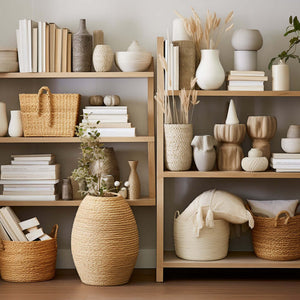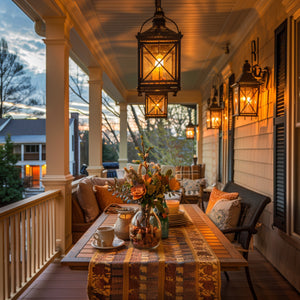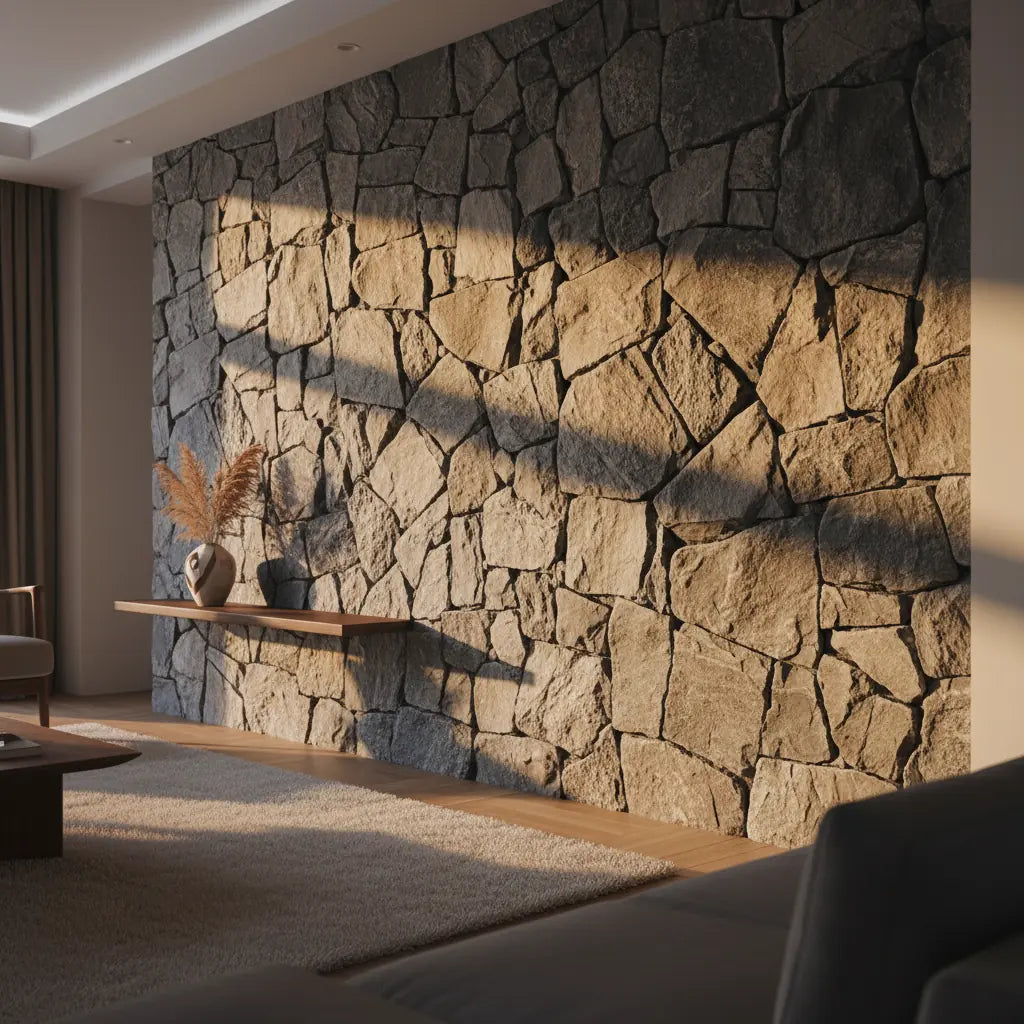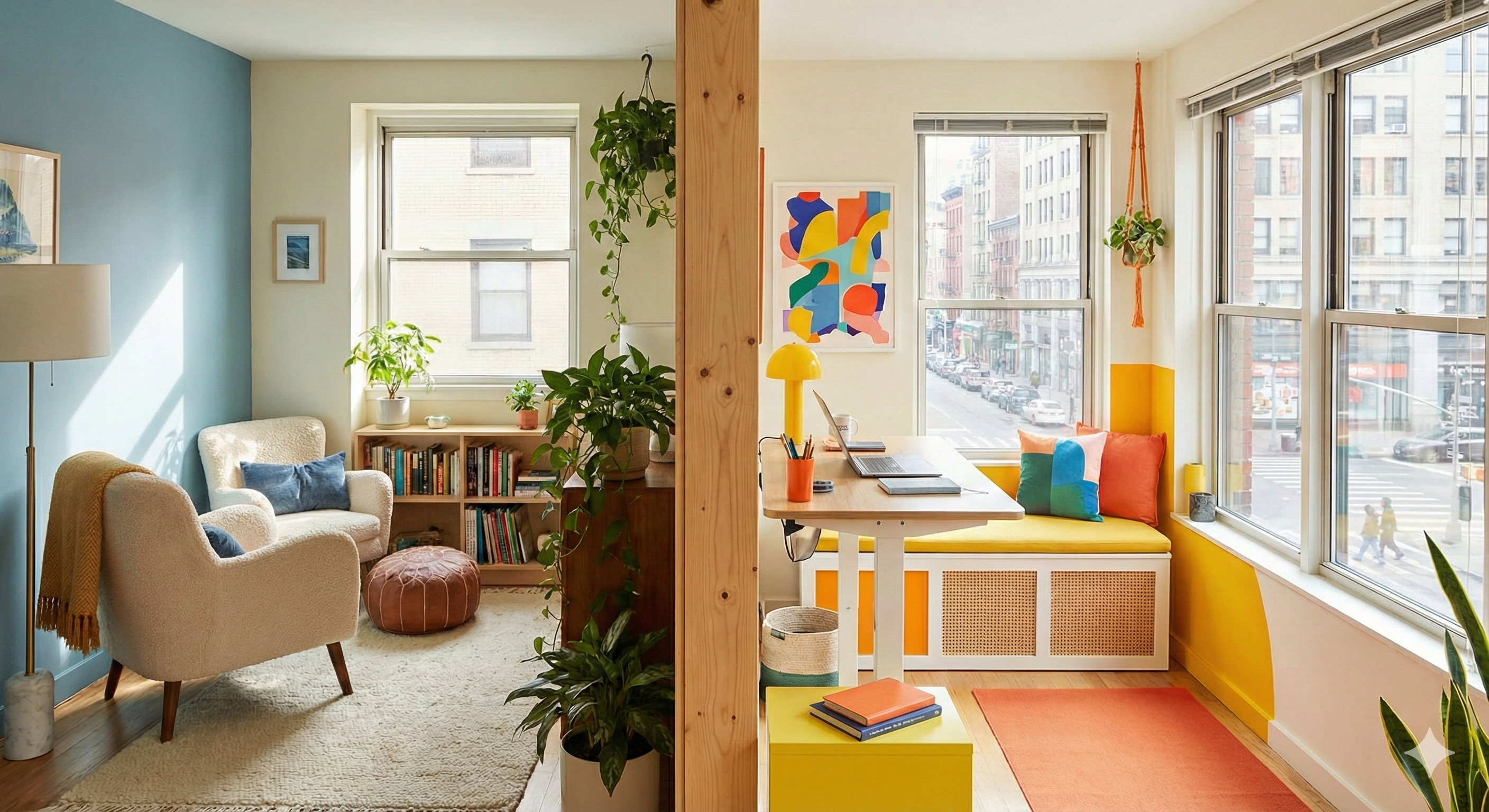Designing a sushi restaurant interior is about creating an atmosphere that embodies the essence of Japanese culture, food, and dining experiences. It's a delicate balance of elegance, simplicity, and functionality, ensuring a memorable experience for your guests. Here's a breakdown of key aspects to consider:
1. Target Audience:
- Who are your primary customers? Are they young professionals, families, tourists, or a specific demographic?
- What kind of ambiance do they prefer? Modern, traditional, casual, or upscale?
- What are their dining habits and preferences? Do they favor quick bites, leisurely meals, or special occasion dining?
2. Concept and Theme:
Traditional Japanese:

Target Audience:
- Tourists seeking an immersive cultural experience.
- Older generations nostalgic for authentic Japanese dining.
- Individuals interested in traditional Japanese arts and culture.
- Traditional Design Elements: Shoji screens, tatami mats, calligraphy scrolls, bonsai trees, and rock gardens.
- Natural Materials: Dark wood, bamboo, stone, and paper lanterns.
- Color Palette: Rich, deep tones like black, red, gold, and natural wood hues.
- Formal Dining: Set menus, multicourse meals, and emphasis on presentation and etiquette.
- Authentic Japanese Cuisine: Traditional dishes prepared with meticulous care and using specific techniques.
- Special Occasion Dining: Celebrations, business dinners, and intimate gatherings.
Modern Minimalist:

Target Audience:
- Design enthusiasts who appreciate sleek aesthetics and functionality.
- Young professionals seeking a stylish and trendy dining experience.
- International clientele drawn to modern design sensibilities.
- Minimalist Decor: Limited ornamentation, geometric shapes, and a focus on functionality.
- Modern Materials: Concrete, glass, metal, and high-quality woods with smooth finishes.
- Monochromatic Color Palette: Black, white, gray, and muted tones with occasional pops of color.
- Modern Cuisine: Innovative dishes with a focus on presentation, quality ingredients, and artistic plating.
- Sharing Plates: Encouraging social dining and a variety of flavors.
- Fine Dining or Upscale Casual: Depending on the specific concept, it could range from sophisticated tasting menus to high-quality casual dining.

-
Target Audience:
- Adventurous eaters looking for unique and unexpected flavor combinations.
- Younger demographics drawn to eclectic and trendy dining experiences.
- Those seeking a departure from traditional cuisine and a more playful atmosphere.
-
Ambiance: Eclectic, vibrant, and playful with a mix of cultural influences.
- Mix-and-Match Decor: Blending Japanese elements with other styles like industrial, bohemian, or tropical.
- Bold Colors and Patterns: Experimenting with color combinations, textures, and statement pieces.
- Unique Lighting: Creating a dynamic atmosphere with pendant lights, neon signs, or string lights.

- Dining Habits:
-
- Fusion Cuisine: Blending Japanese ingredients and techniques with flavors and dishes from other cultures.
- Small Plates and Tapas-Style Dining: Encouraging experimentation and sharing.
- Casual to Upscale Casual: Depending on the specific concept, the atmosphere can range from relaxed and playful to more refined and sophisticated.

-
Target Audience: Individuals seeking authenticity, mindful living, and appreciation for imperfection. This could include:
- Young Professionals: Drawn to the calming atmosphere after a long day.
- Artists & Creatives: Inspired by the raw beauty and organic elements.
- Mature Demographics: Appreciating the timeless elegance and connection to nature.
-
Ambiance: Rustic, intimate, and welcoming imperfection.
- Natural Materials: Reclaimed wood, exposed beams, handcrafted ceramics.

- Earthy Color Palette: Muted greens, browns, grays, and indigo.
- Minimalist Decor: Focus on essential elements, highlighting natural textures.
-
Dining Habits:
- Leisurely meals: Encouraging mindful eating and savoring the experience.
- Small Plates & Sharing: Fostering connection and conversation.
- Focus on seasonal ingredients: Locally sourced, highlighting natural flavors.
- Japandi:

-
Target Audience: Design-conscious individuals who value functionality, simplicity, and quality. This could include:
- Millennials & Young Professionals: Attracted to the stylish minimalism and Instagrammable aesthetic.
- Minimalists & Urban Dwellers: Appreciating the clean lines and efficient use of space.
- International Audience: Drawn to the fusion of Scandinavian and Japanese design sensibilities.
-
Ambiance: Clean, modern, and effortlessly chic.
- Light & Airy Spaces: Open floor plans, large windows, natural light.
- Natural Materials with Modern Touches: Light wood, concrete accents, black metal finishes.
- Neutral Color Palette: White, gray, beige with pops of muted colors.
-
Dining Habits:
- Quick Bites & Casual Dining: Fast, yet high-quality options for the modern lifestyle.
- Presentation is Key: Visually appealing dishes with clean lines and minimalist plating.
- Fusion Cuisine: Blending Japanese techniques with international flavors.
3. Color Palette and Lighting: Setting the Mood for Your Sushi Restaurant
Color and lighting play a crucial role in creating the right ambiance for your sushi restaurant. Here's a deeper dive into each aspect:
3.1 Color Palette:
Natural Tones:
- Colors: Earthy browns, beige, warm whites, and soft greens.
- Feel: Calming, inviting, and welcoming. Perfect for creating a sense of peace and serenity, ideal for traditional Japanese themes.
- Materials: Wood, bamboo, stone, and natural fabrics like linen and cotton.
- Example: Imagine a sushi restaurant with wood-paneled walls, bamboo floors, and beige tablecloths adorned with traditional Japanese floral patterns.
Minimalist Neutrals:
- Colors: Black, grey, white, and subtle shades of metallic.
- Feel: Sleek, modern, and sophisticated. Ideal for creating a clean and minimalist aesthetic, perfect for modern or fusion themes.
- Materials: Metal, glass, polished concrete, and high-quality fabrics like leather or velvet.
- Example: Think of a sushi restaurant with sleek black chairs, polished concrete floors, white walls, and a single statement piece of modern art in a vibrant accent color.
Bold Accents
- Colors: Vibrant hues like red, green, blue, or yellow.
- Feel: Energetic, playful, and eye-catching. Adds pops of personality and can be used to highlight specific features.
- Materials: Artwork, upholstery fabrics, decorative accents, or even lighting fixtures.
- Example: Consider using a vibrant red accent wall behind the sushi bar, colorful cushions on chairs, or a playful geometric pattern on the floor.
3.2 Lighting:
Warm and Natural:

- Lighting: Soft, diffused lighting that mimics natural sunlight. Use pendant lights, lanterns, or track lighting with warm-toned bulbs. : Paper Lampshades Irregular Shape.

Paper lampshade with irregular rounded shape
- Feel: Intimate, cozy, and relaxing. Perfect for creating a welcoming atmosphere and highlighting natural textures.
- Examples: Traditional paper lanterns, wooden pendant lights, or track lighting with dimmable warm-white bulbs.
Focus Lighting:

- Lighting: Directional spotlights or accent lighting used to highlight specific areas or objects.
- Feel: Draws attention to focal points, creating visual interest and highlighting key elements.
- Examples: Spotlights on the sushi bar to showcase the chefs' artistry, accent lights on artwork or decorative features, or uplighting to emphasize the height of the ceiling.
Dimmable Options:

- Lighting: Use dimmable lighting fixtures to allow guests to adjust the brightness to their preference.
- Feel: Provides flexibility and control over the atmosphere, allowing guests to create the perfect mood for their dining experience.
- Examples: Dimmable pendant lights, track lighting with dimmer switches, or smart bulbs that can be controlled with a smartphone app.
Combining Color and Lighting:
- Natural Tones + Warm Lighting: Creates a calm and inviting atmosphere, perfect for a traditional Japanese restaurant.

- Minimalist Neutrals + Focus Lighting: Creates a sleek and modern ambiance, highlighting key features in a minimalist setting.

- Bold Accents + Dimmable Lighting: Creates a playful and adaptable atmosphere, allowing guests to adjust the mood to their liking.

By thoughtfully combining color and lighting, you can create a sushi restaurant experience that is visually appealing, emotionally engaging, and perfectly tailored to your chosen theme. Remember, the key is to create a harmonious and memorable space that sets the stage for a delightful dining experience.
4. Materials and Textures:
-
Wood: Bamboo, cherry wood, and cedar are commonly used for flooring, furniture, and accents.
-

-
Stone: Slate, granite, and marble offer a sophisticated and durable surface for countertops and walls.

- Textiles: Linen, silk, and cotton fabrics add warmth and texture to seating, tablecloths, and wall hangings.


5. Furniture and Seating:
- Sushi Bar: A central feature, providing an interactive dining experience and showcasing the artistry of sushi preparation.
- Tables: Choose tables with traditional Japanese designs or contemporary styles that complement the overall aesthetic.
- Seating: Comfortable chairs or tatami mats on the floor offer a variety of seating options.
6. Decor and Accents:
- Traditional Art: Hang scrolls, woodblock prints, or ikebana flower arrangements.
- Zen Garden: Create a mini zen garden with sand, rocks, and miniature plants for a calming touch.
Lighting Fixtures: Japanese lanterns, pendant lights with wood or bamboo accents, and paper lanterns add character.

Paper Table Lamp, Diamond Shape
- Plants: Incorporate bonsai trees, bamboo plants, or other greenery for a touch of nature.
7. Sustainability:
- Eco-friendly Materials: Use recycled or sustainable materials like bamboo and recycled wood.

- Energy Efficiency: Employ energy-efficient lighting and appliances.
- Waste Reduction: Implement practices for reducing food waste and recycling.
8. Branding and Identity:
- Consistent Branding: Maintain a consistent brand identity throughout the interior design, from logo and color scheme to furniture and decor.
- Unique Identity: Create a unique and memorable identity for your restaurant, setting it apart from competitors.
Remember, the key is to create a harmonious and memorable experience for your guests, reflecting the beauty and elegance of Japanese cuisine and culture. This detailed guide will help you navigate the world of sushi restaurant interior design and create a space that captivates and delights your customers.






